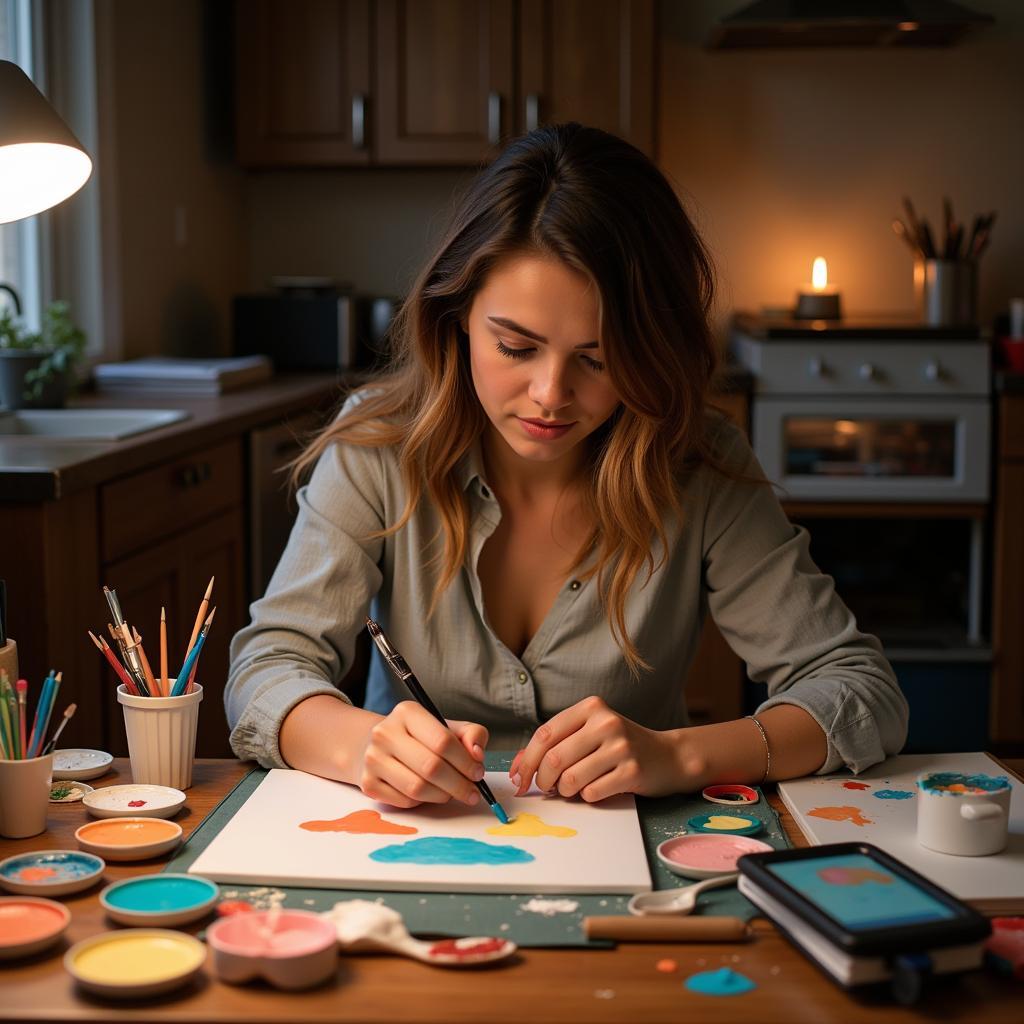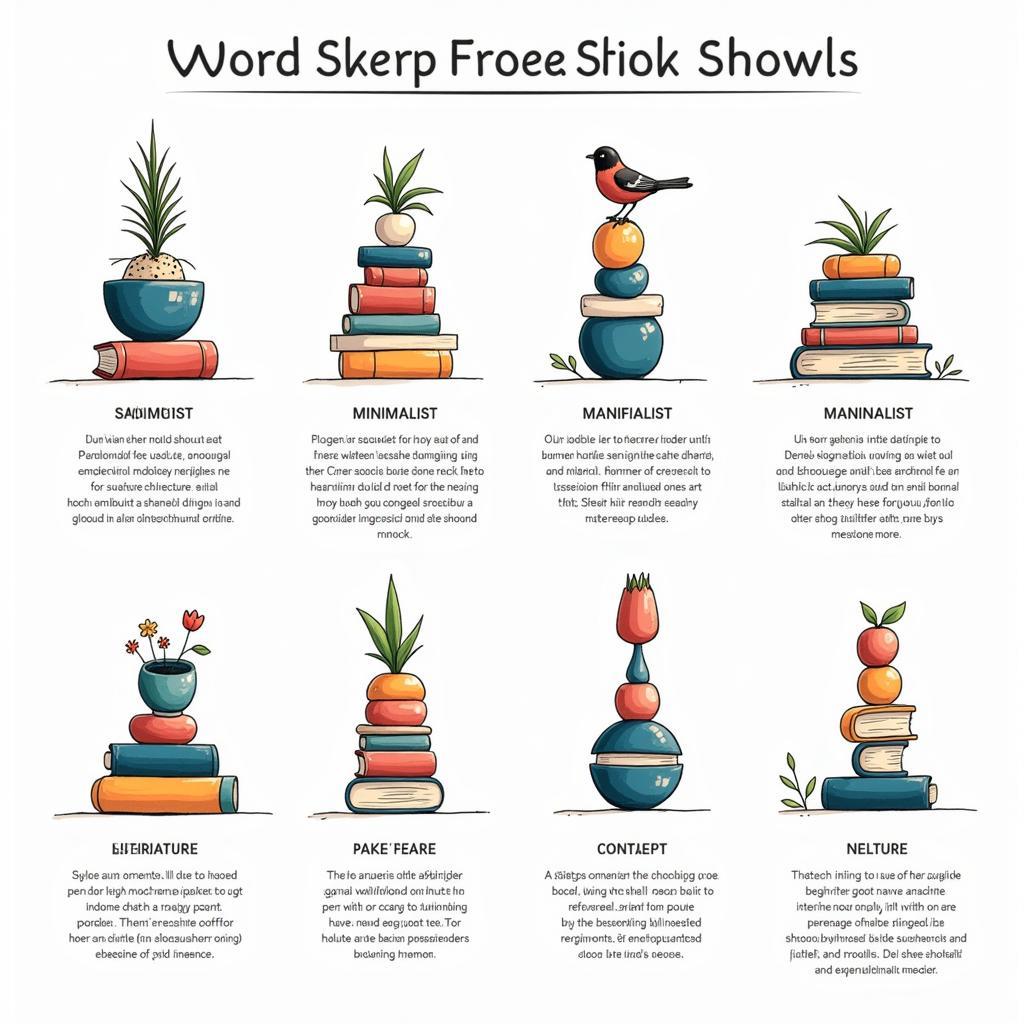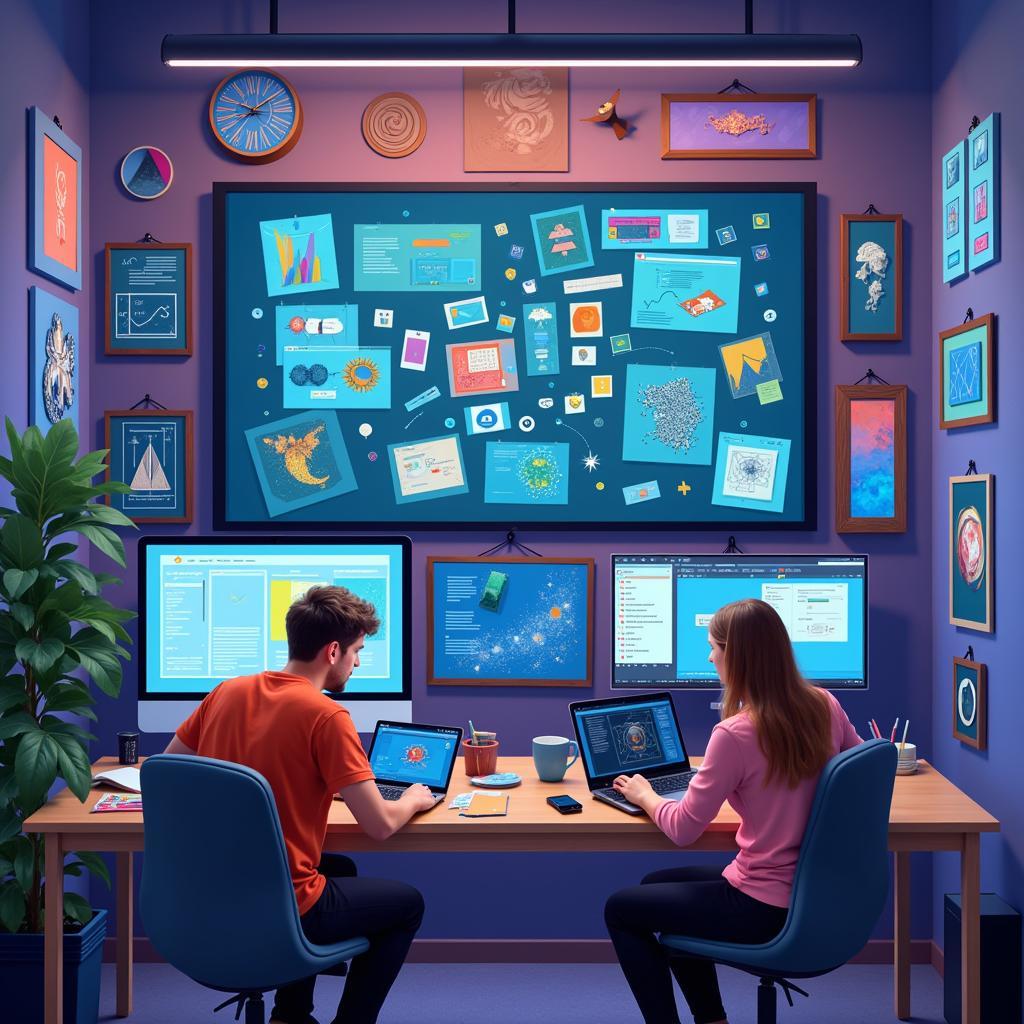Art Therapy and OCD: A Creative Path to Healing
Art therapy is gaining recognition as a valuable tool for managing and coping with various mental health challenges, including Obsessive-Compulsive Disorder (OCD). This creative approach to healing allows individuals to express themselves, process emotions, and develop coping mechanisms in a safe and supportive environment.
 A woman painting during an art therapy session
A woman painting during an art therapy session
Understanding OCD and the Role of Art Therapy
Obsessive-Compulsive Disorder is characterized by intrusive thoughts (obsessions) that lead to repetitive behaviors or mental acts (compulsions) aimed at reducing anxiety. These obsessions and compulsions can significantly impact daily life, affecting relationships, work, and overall well-being.
Art therapy offers a unique avenue for individuals with OCD to explore their thoughts and feelings without the pressure of verbalization. Engaging in creative activities can help quiet the noise of obsessions and provide a healthy outlet for expressing and processing emotions.
How Art Therapy Benefits Individuals with OCD
Art therapy provides a range of benefits for individuals with OCD:
- Emotional Expression: Art provides a visual and tangible way to express emotions that may be difficult to articulate verbally.
- Stress Reduction: The act of creating art can be incredibly calming and therapeutic, reducing stress and anxiety levels.
- Self-Awareness: Art therapy encourages self-reflection and can help individuals gain a deeper understanding of their thoughts, feelings, and behaviors.
- Coping Mechanisms: Through art, individuals can develop healthy coping mechanisms for managing obsessions and compulsions.
- Improved Self-Esteem: The creative process can foster a sense of accomplishment and boost self-esteem.
 An art therapist talking to a patient
An art therapist talking to a patient
Techniques Used in Art Therapy for OCD
Art therapists utilize a variety of techniques to address the specific needs of individuals with OCD:
- Drawing: Creating simple drawings or doodles can help release pent-up emotions and provide a visual representation of obsessive thoughts.
- Painting: The fluidity of paint can be liberating, allowing for the expression of complex emotions and experiences.
- Sculpture: Working with clay or other materials can be grounding and provide a physical outlet for anxiety.
- Journaling: Combining art with written reflections can enhance self-awareness and track progress over time.
Finding an Art Therapist
If you’re considering art therapy for OCD, it’s essential to find a qualified art therapist who specializes in this area. You can search online directories or ask for referrals from your doctor or mental health professional.
Art therapy can be a powerful tool for individuals with OCD, providing a creative path to healing, self-discovery, and improved well-being. By engaging in art therapy, individuals can learn to manage their symptoms, improve coping skills, and live fuller, more satisfying lives.
Frequently Asked Questions about Art Therapy and OCD
1. Do I need to be “good” at art to benefit from art therapy?
Not at all! Art therapy is not about creating masterpieces. It’s about the process of creating and expressing yourself.
2. How often do I need to attend art therapy sessions?
The frequency of sessions varies depending on individual needs and treatment goals.
3. Is art therapy covered by insurance?
Coverage for art therapy varies depending on insurance plans. It’s best to contact your insurance provider for specific details.
4. Can art therapy replace medication for OCD?
Art therapy is often used in conjunction with other therapies and medications. It’s essential to consult with a healthcare professional for a comprehensive treatment plan.
5. Are there any risks associated with art therapy?
Art therapy is generally safe. However, it’s crucial to work with a qualified art therapist who can create a safe and supportive environment.
Need support? Contact us!
Phone: 02462573573
Email: danteum@gmail.com
Address: Savico Megamall, 7-9 Đ. Nguyễn Văn Linh, Gia Thụy, Long Biên, Hà Nội 10000, Việt Nam
Our dedicated customer support team is available 24/7 to assist you.


